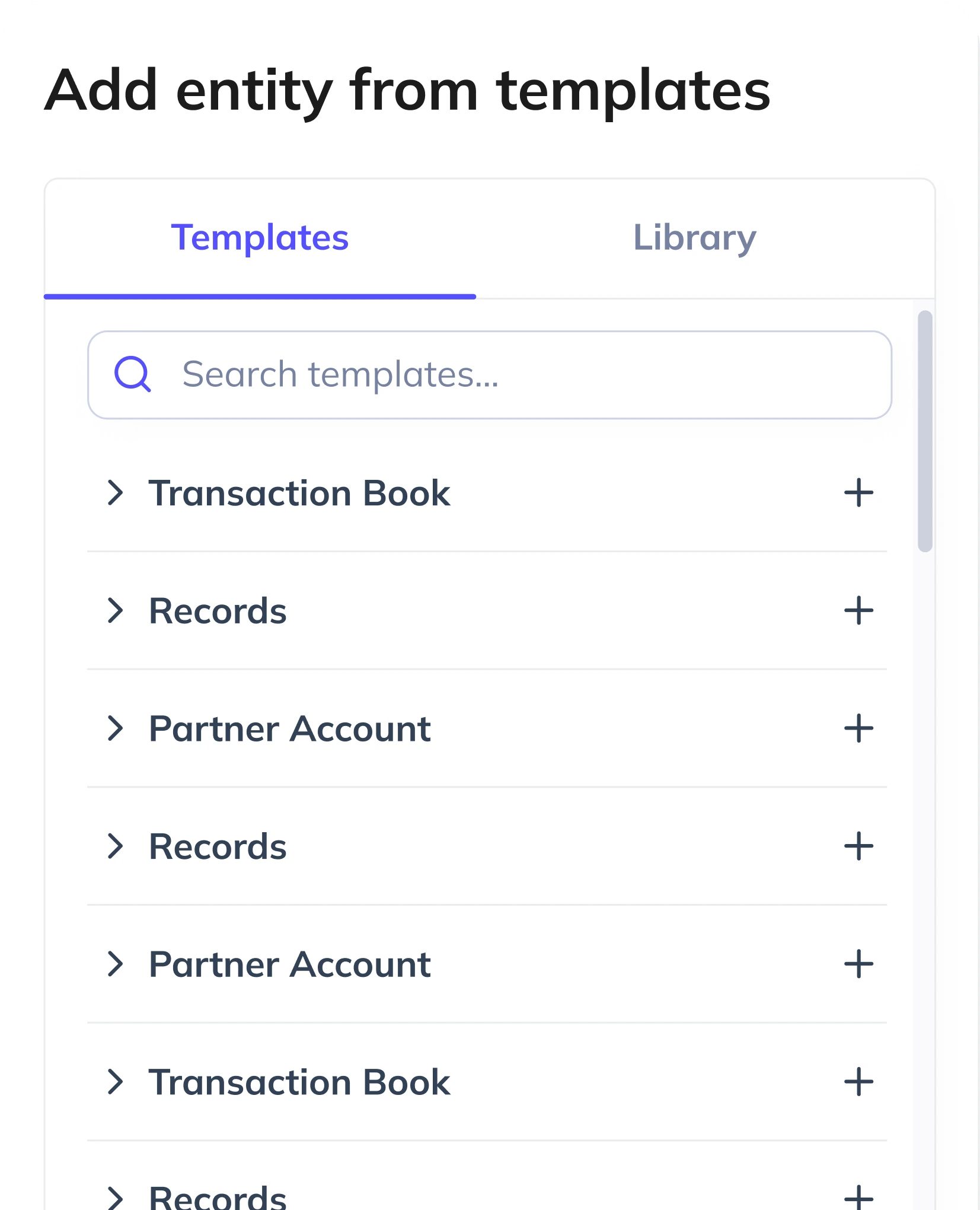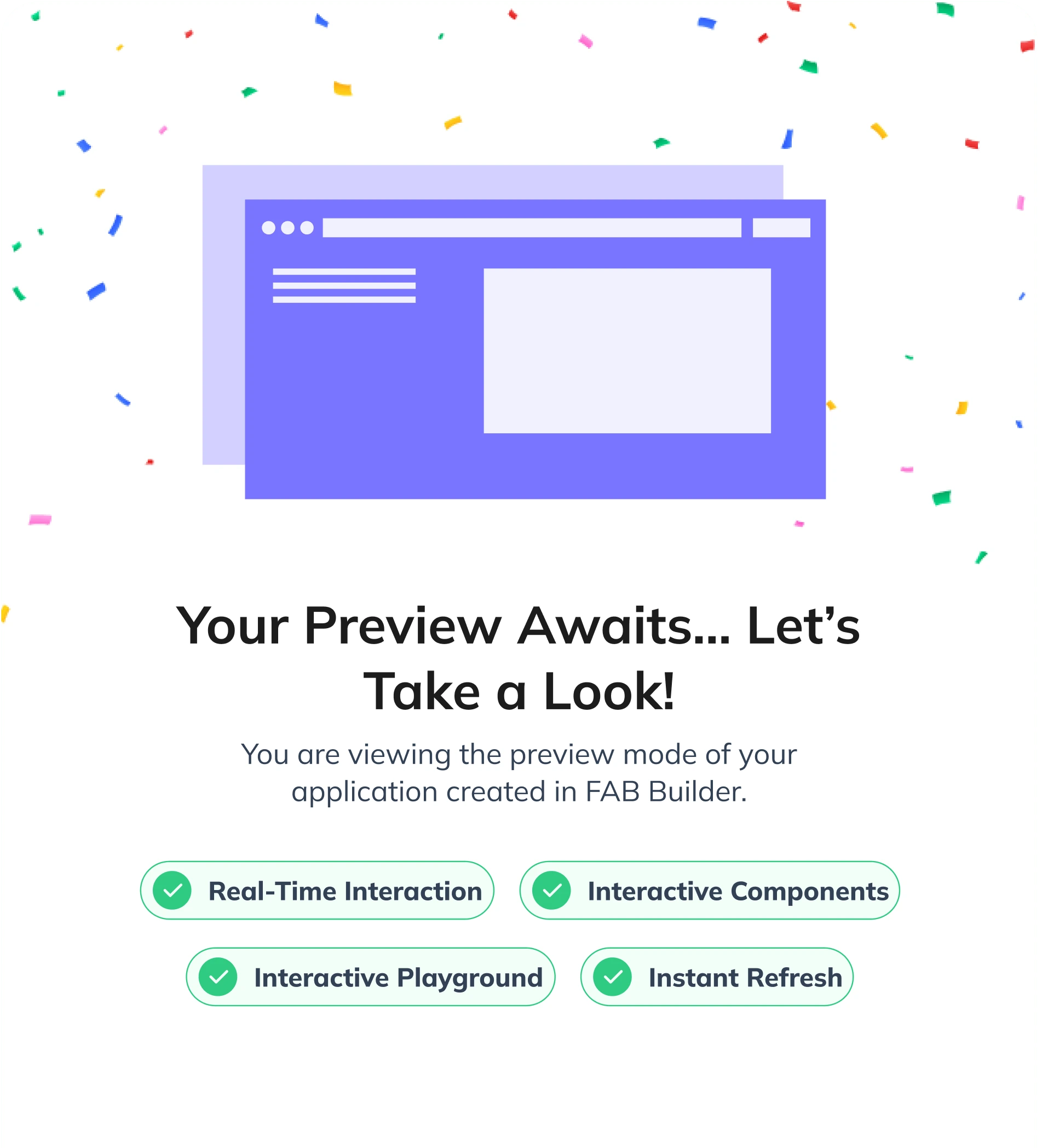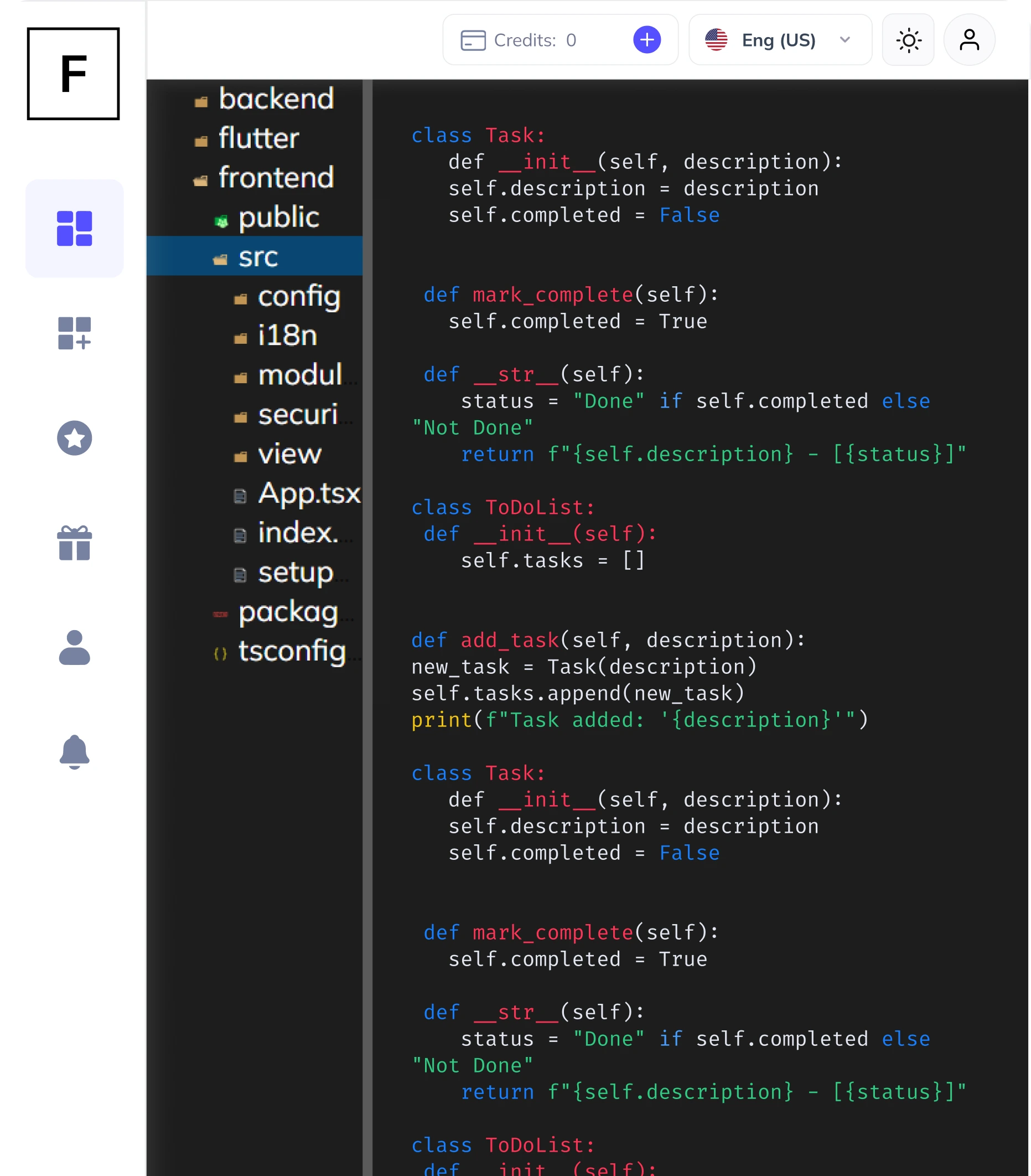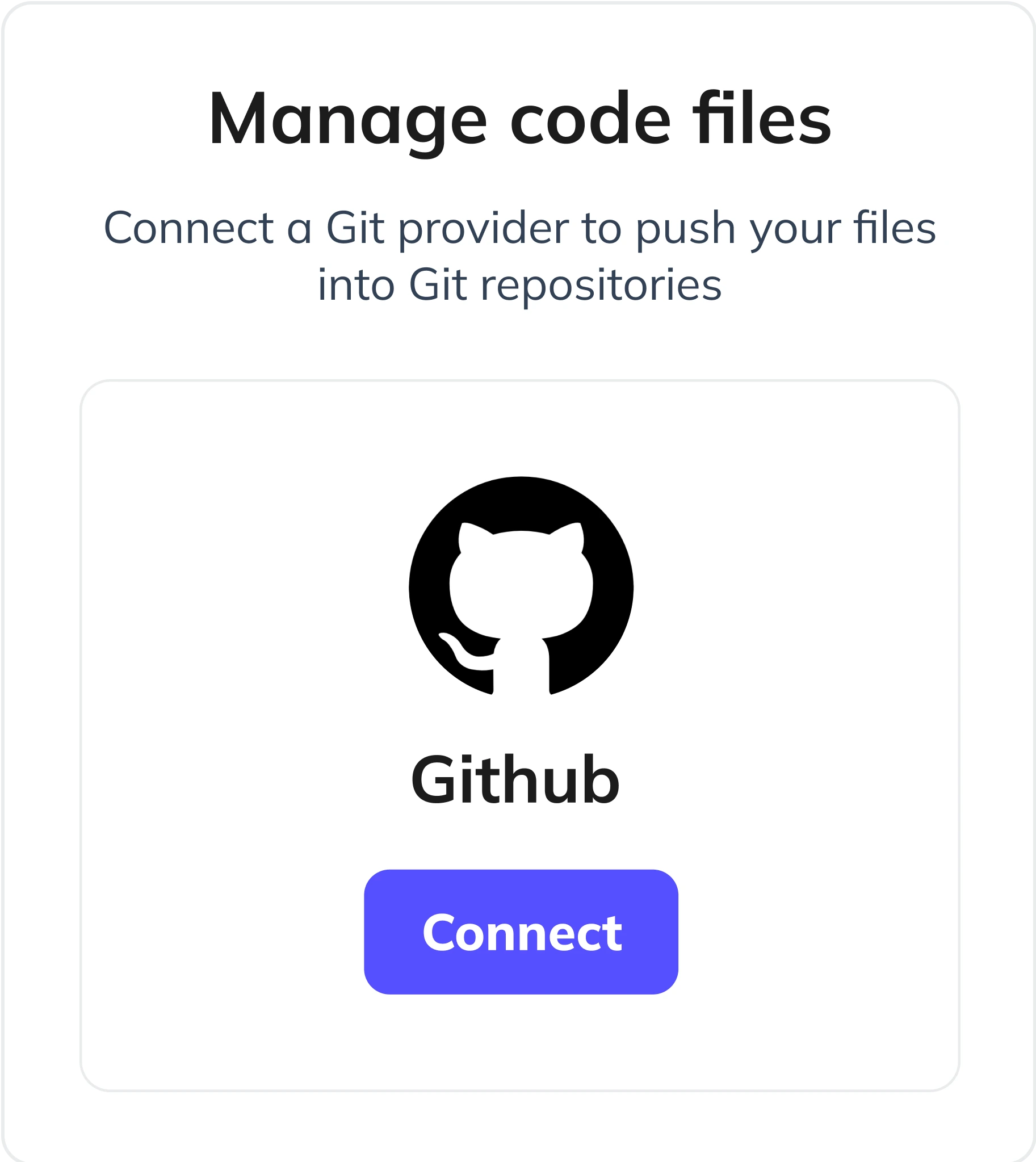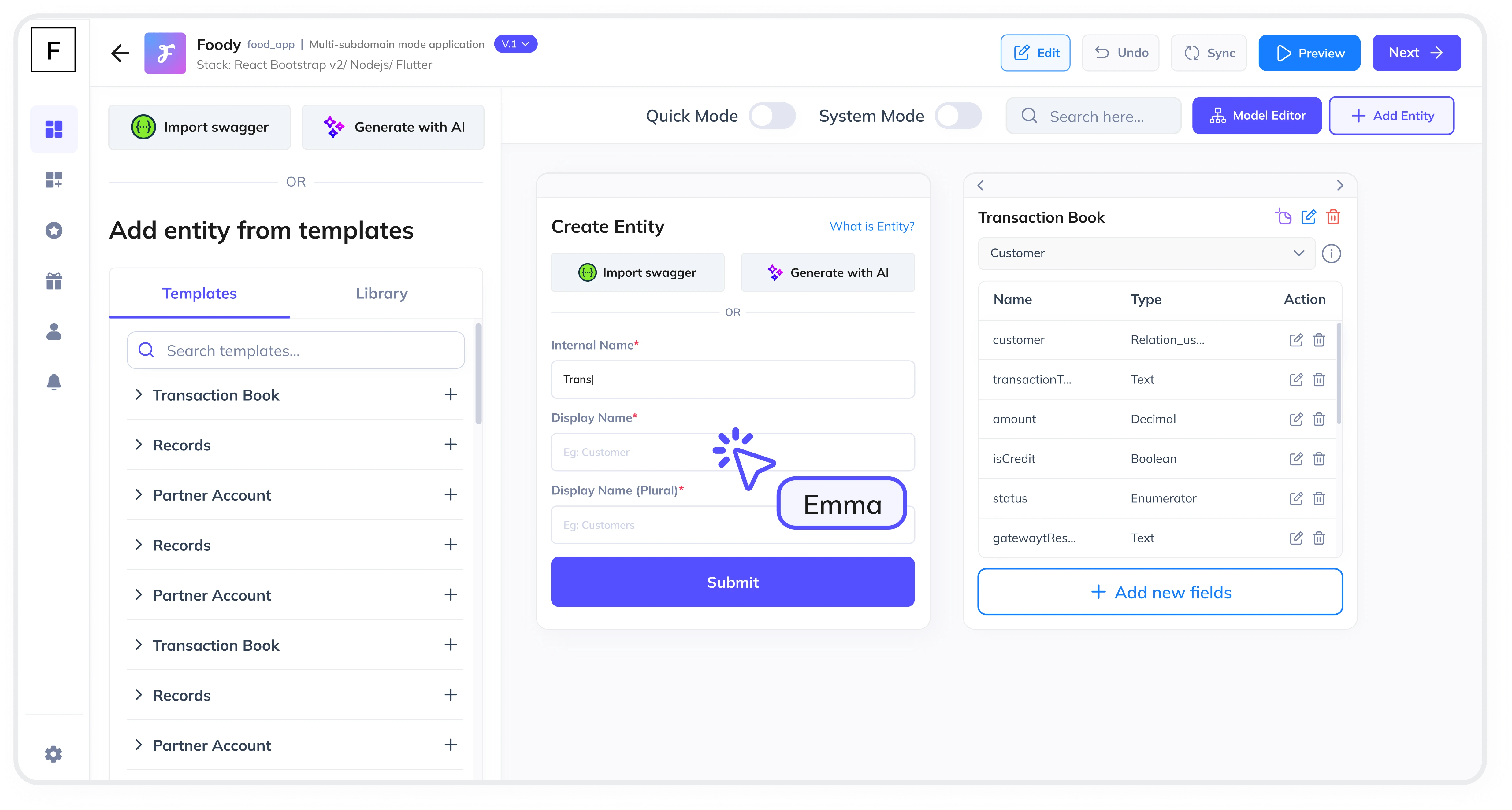Summarize and analyze this article with:
In today's fast-paced legal and compliance environments, managing documents efficiently is crucial. A Document Tracking Module is an essential tool for monitoring document statuses, approvals, and workflows. With FAB Builder's low-code platform, creating such a module is not only easy but also highly customizable to meet your specific needs. In this guide, we'll walk you through the steps to create a Document Tracking Module for Legal and Compliance Management Platforms.
Why Use a Low-Code Platform for Document Tracking Module?
Low-code platforms like FAB Builder simplify the development process by providing pre-built components and templates. This allows you to focus on the unique aspects of your application rather than reinventing the wheel. With FAB Builder, you can quickly create a Document Tracking Module that is production-ready and can be deployed to the cloud with just one click.
Key Features of FAB Builder for Document Tracking Module
- Downloadable Source Code: All the code generated by FAB Builder is downloadable, giving you full control over your application.
- AI-Assisted Entity Creation: Describe your application, and FAB Builder will automatically create the necessary entities.
- Bulk Data Import/Export: Easily import and export data using Excel templates.
- Configurable File Storage: Choose from various storage options like AWS S3, Google Cloud Storage, and more.
- Payment Gateway Integration: Integrate with popular payment gateways like Stripe, RazorPay, and PayPal.
- Multi-Tenant Configuration: Create SaaS applications and sell subscriptions to your B2B consumers.
Step By Step Guide to Creating a Document Tracking Module
Step 1: Define Your Requirements
Start by outlining the key features of your Document Tracking Module. Common requirements include:
- Document upload and storage
- Version control and history tracking
- Approval workflows
- Role-based access control
- Notifications and reminders
- Reporting and analytics
Step 2: Choose Your Tech Stack
Select your preferred frontend, backend, and database technologies from FAB Builder’s supported tech stacks:
- Frontend: React.js, Angular, Vue.js
- Backend: Node.js, Java, .NET
- Database: MongoDB, PostgreSQL, MySQL
Step 3: Define Your Entities
Start by defining the entities required for your Document Tracking Module. These might include Document, User, Approval, and Status. Use FAB Builder's AI-assisted entity creation to generate these entities based on your description.
Step 4: Set Up Role-Based Permissions
Ensure that only authorized users can access and modify documents. FAB Builder allows you to set up role-based permissions, ensuring that your document tracking module is secure.
Step 5: Implement Approval Workflows
Create workflows for document approval. For example, a document might need to be reviewed by multiple approvers before it is finalized. FAB Builder’s low-code platform makes it easy to design and implement these workflows.
Step 6: Add Notifications and Reminders
Set up notifications to alert users when a document is uploaded, approved, or requires attention. You can also configure reminders for pending approvals.
Step 7: Implement Bulk Data Import/Export
With FAB Builder, you can easily import and export data using Excel templates. This feature is particularly useful for legal and compliance management platforms where large volumes of data need to be processed.
Step 8: Configure File Storage
Choose a file storage provider that suits your needs. FAB Builder supports various options, including AWS S3, Google Cloud Storage, and more. This ensures that your documents are stored securely and can be accessed easily.
Step 9: Integrate Payment Gateways
If your platform requires payment processing, integrate with popular payment gateways like Stripe, RazorPay, and PayPal. This allows you to collect payments for your services/products directly within your application.
Step 10: Deploy to the Cloud
Once your Document Tracking Module is ready, deploy it to the cloud with just one click. FAB Builder supports managed hosting services for AWS, GCP, and Azure, ensuring that your application is production-ready.

Use Cases of Document Tracking Module
- Legal Firms: Track document statuses and approvals for legal cases.
- Compliance Departments: Monitor compliance documents and ensure they meet regulatory requirements.
- Corporate Governance: Manage board meeting minutes, resolutions, and other governance documents.
Benefits of Using FAB Builder for Document Tracking Module
- Time-Saving: Quickly create and deploy applications without extensive coding.
- Cost-Effective: Reduce development costs with pre-built components and templates.
- Customizable: Tailor your application to meet your specific needs.
- Scalable: Easily scale your application as your business grows.
- Secure: Ensure your data is protected with multi-layer security models.
Why Choose FAB Builder for the Document Tracking Module?
FAB Builder stands out from its competitors by offering a comprehensive low-code platform that is both flexible and powerful. With features like downloadable source code, AI-assisted entity creation, and multi-tenant configuration, FAB Builder is the ideal choice for creating a Document Tracking Module for Legal and Compliance Management Platforms. Whether you're building an MVP or taking your application to production, FAB Builder provides the tools and support you need to succeed.
With FAB Builder, you can also create any application as a SaaS using multi-tenant configurations, allowing you to sell subscriptions to your B2B consumers. This makes FAB Builder a versatile platform for a wide range of applications.






